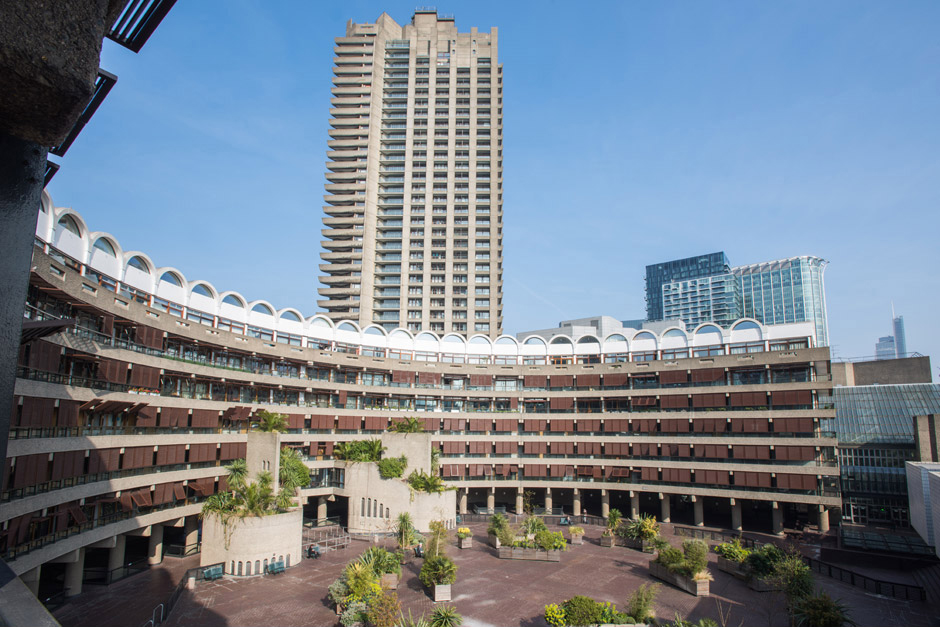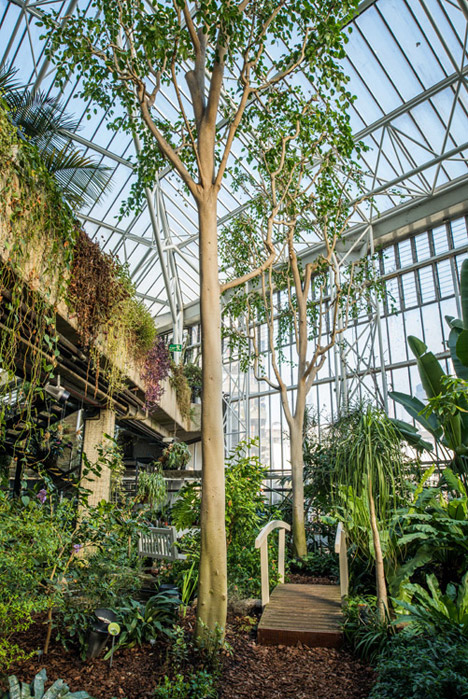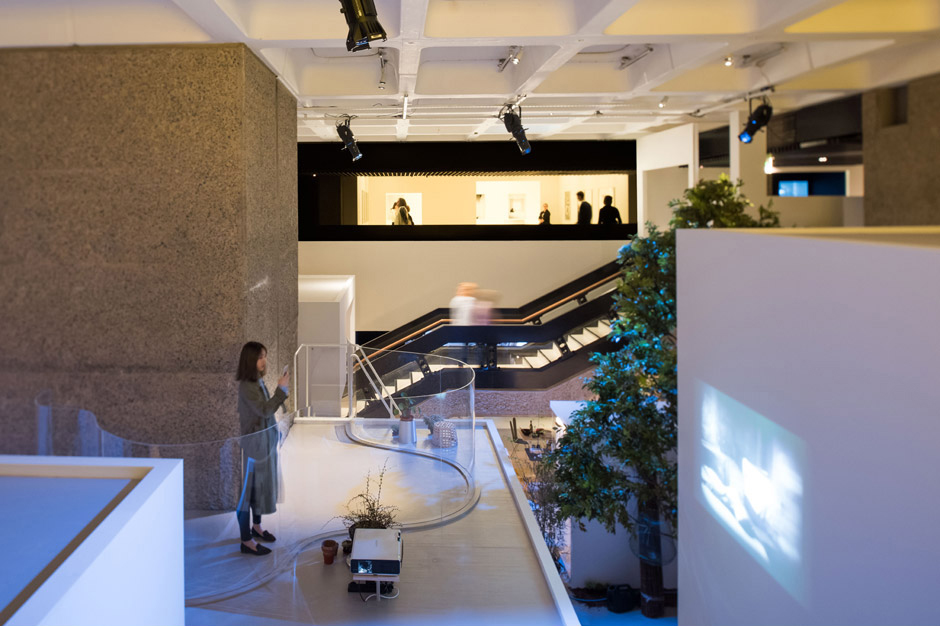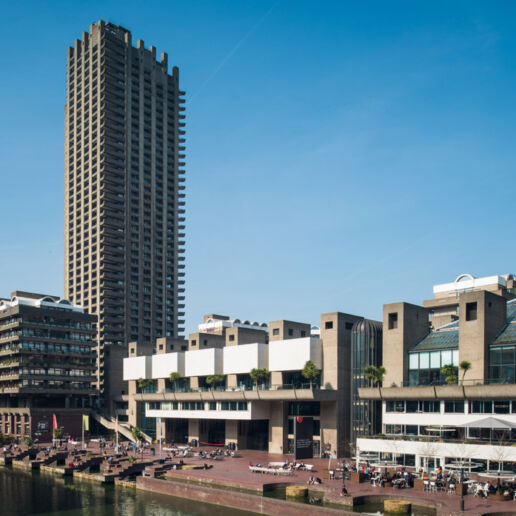THE BARBICAN CENTRE
Learning about the Barbican Centre’s past and present as well as the vision and passion, the iconic forms, the complicated harmony, the startling measure and the detailed labor behind its apparent face and its captivating garden gave me a different perspective on the building, which I was suspicious to give credit the first time I saw it. I now admit that this is an architectural gem. Do you agree?
Brutalism wasn’t derived from the English word “brutal” as many people assume, but from a French word, ‘beton brut’, which means raw, unlabored concrete. Brutalist architecture is characterized by the simple block forms and the raw concrete structures of the 1950s and 1960s.

The Barbican Centre which was designed by Peter Chamberlin, Geoffry Powell and Christoph Bon in Brutalist form was built between the years 1962-1982. It is a part of the utopic vision that was created to transform a region that fell apart after the World War II. The idea behind the vision was to establish a calm and spacious city within “City of London” that had fallen
from grace for more than a century and fill it with middle class professionals. Eventhough the place has gained the status of a “Grade II listed building” with its concept and design, it is also worthy of note with the challenges experienced during the building process.
The use of concrete and the building process that was carried out in its own place have caused a considerable increase in expense and delay in time. The cost of Barbican Centre was 153 million pound and it was defined as one of the wonders of the modern world by Queen Elizabeth II when it was opened in 1982. Thank heavens!

However, despite the heavy labor and huge expense, the design could not please everyone. The place has always been a subject of controversy and created dissidence. Some waited in the list for years just to reside there, while others chose the place “the ugliest building of London” according to the Grey London survey in September 2003.
Barbican has a complicated multi-level structure with many entrances. You can easily get lost between the pathways and passages unless you follow the different colored guidance lines on the ground.

Barbican Centre has the title of being the greatest place in Europe that hosts different styles of art and the only fully integrated art center in England. It has residence as well as school, church, culture center, restaurant, library, botanic gardens and a conservatory inside. Barbican is also the base for London Symphony Orchestra and BBC Symphony Orchestra. It is hard to find something that is not in the Barbican!
I glanced through the books in the gift shop, which is my favorite place in the building, after I finished my tour there. And I chose my favorite book. It is ‘Residents: Inside the Iconic Barbican Estate’ which includes information on residents of the building and details about their house decorations.
See the Barbican and observe the feelings and emotions it evokes in you.
Which side will you prefer?
https://www.barbican.org.uk


